Philipp Seegerer
Atlas: A Novel Pathology Foundation Model by Mayo Clinic, Charité, and Aignostics
Jan 10, 2025Abstract:Recent advances in digital pathology have demonstrated the effectiveness of foundation models across diverse applications. In this report, we present Atlas, a novel vision foundation model based on the RudolfV approach. Our model was trained on a dataset comprising 1.2 million histopathology whole slide images, collected from two medical institutions: Mayo Clinic and Charit\'e - Universt\"atsmedizin Berlin. Comprehensive evaluations show that Atlas achieves state-of-the-art performance across twenty-one public benchmark datasets, even though it is neither the largest model by parameter count nor by training dataset size.
Pruning by Explaining: A Novel Criterion for Deep Neural Network Pruning
Dec 18, 2019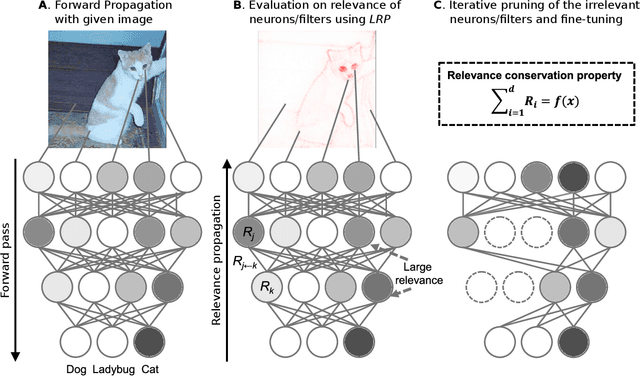

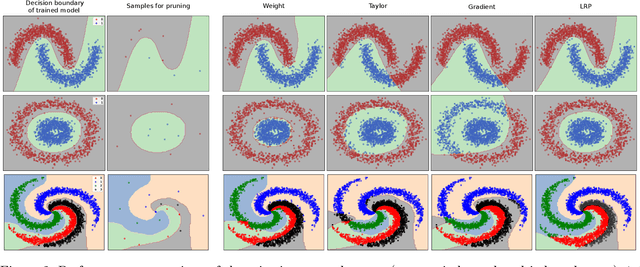
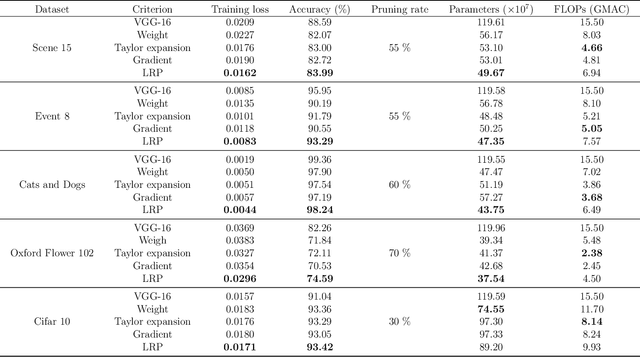
Abstract:The success of convolutional neural networks (CNNs) in various applications is accompanied by a significant increase in computation and parameter storage costs. Recent efforts to reduce these overheads involve pruning and compressing the weights of various layers while at the same time aiming to not sacrifice performance. In this paper, we propose a novel criterion for CNN pruning inspired by neural network interpretability: The most relevant elements, i.e. weights or filters, are automatically found using their relevance score in the sense of explainable AI (XAI). By that we for the first time link the two disconnected lines of interpretability and model compression research. We show in particular that our proposed method can efficiently prune transfer-learned CNN models where networks pre-trained on large corpora are adapted to specialized tasks. To this end, the method is evaluated on a broad range of computer vision datasets. Notably, our novel criterion is not only competitive or better compared to state-of-the-art pruning criteria when successive retraining is performed, but clearly outperforms these previous criteria in the common application setting where the data of the task to be transferred to are very scarce and no retraining is possible. Our method can iteratively compress the model while maintaining or even improving accuracy. At the same time, it has a computational cost in the order of gradient computation and is comparatively simple to apply without the need for tuning hyperparameters for pruning.
Resolving challenges in deep learning-based analyses of histopathological images using explanation methods
Aug 15, 2019
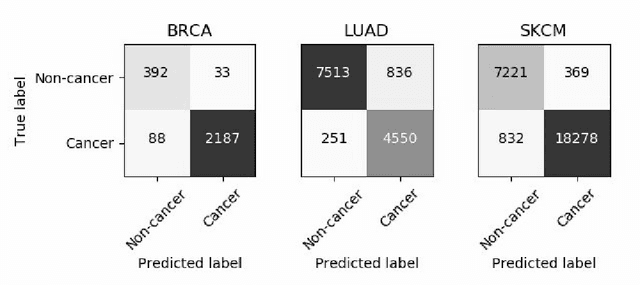
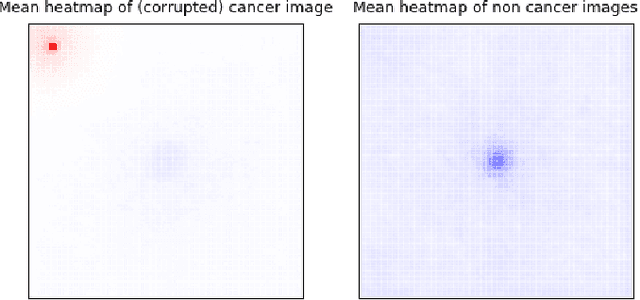
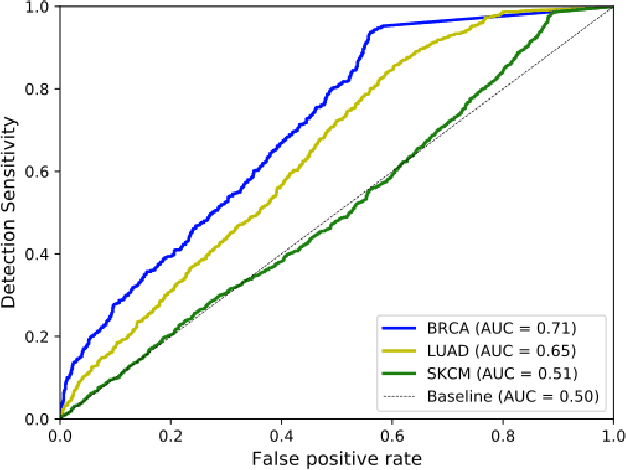
Abstract:Deep learning has recently gained popularity in digital pathology due to its high prediction quality. However, the medical domain requires explanation and insight for a better understanding beyond standard quantitative performance evaluation. Recently, explanation methods have emerged, which are so far still rarely used in medicine. This work shows their application to generate heatmaps that allow to resolve common challenges encountered in deep learning-based digital histopathology analyses. These challenges comprise biases typically inherent to histopathology data. We study binary classification tasks of tumor tissue discrimination in publicly available haematoxylin and eosin slides of various tumor entities and investigate three types of biases: (1) biases which affect the entire dataset, (2) biases which are by chance correlated with class labels and (3) sampling biases. While standard analyses focus on patch-level evaluation, we advocate pixel-wise heatmaps, which offer a more precise and versatile diagnostic instrument and furthermore help to reveal biases in the data. This insight is shown to not only detect but also to be helpful to remove the effects of common hidden biases, which improves generalization within and across datasets. For example, we could see a trend of improved area under the receiver operating characteristic curve by 5% when reducing a labeling bias. Explanation techniques are thus demonstrated to be a helpful and highly relevant tool for the development and the deployment phases within the life cycle of real-world applications in digital pathology.
iNNvestigate neural networks!
Aug 13, 2018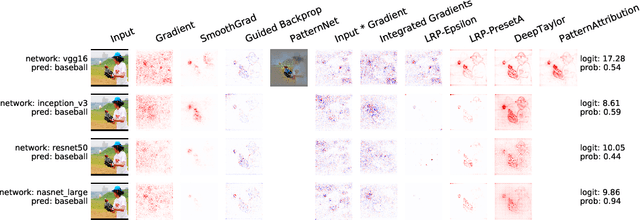
Abstract:In recent years, deep neural networks have revolutionized many application domains of machine learning and are key components of many critical decision or predictive processes. Therefore, it is crucial that domain specialists can understand and analyze actions and pre- dictions, even of the most complex neural network architectures. Despite these arguments neural networks are often treated as black boxes. In the attempt to alleviate this short- coming many analysis methods were proposed, yet the lack of reference implementations often makes a systematic comparison between the methods a major effort. The presented library iNNvestigate addresses this by providing a common interface and out-of-the- box implementation for many analysis methods, including the reference implementation for PatternNet and PatternAttribution as well as for LRP-methods. To demonstrate the versatility of iNNvestigate, we provide an analysis of image classifications for variety of state-of-the-art neural network architectures.
 Add to Chrome
Add to Chrome Add to Firefox
Add to Firefox Add to Edge
Add to Edge